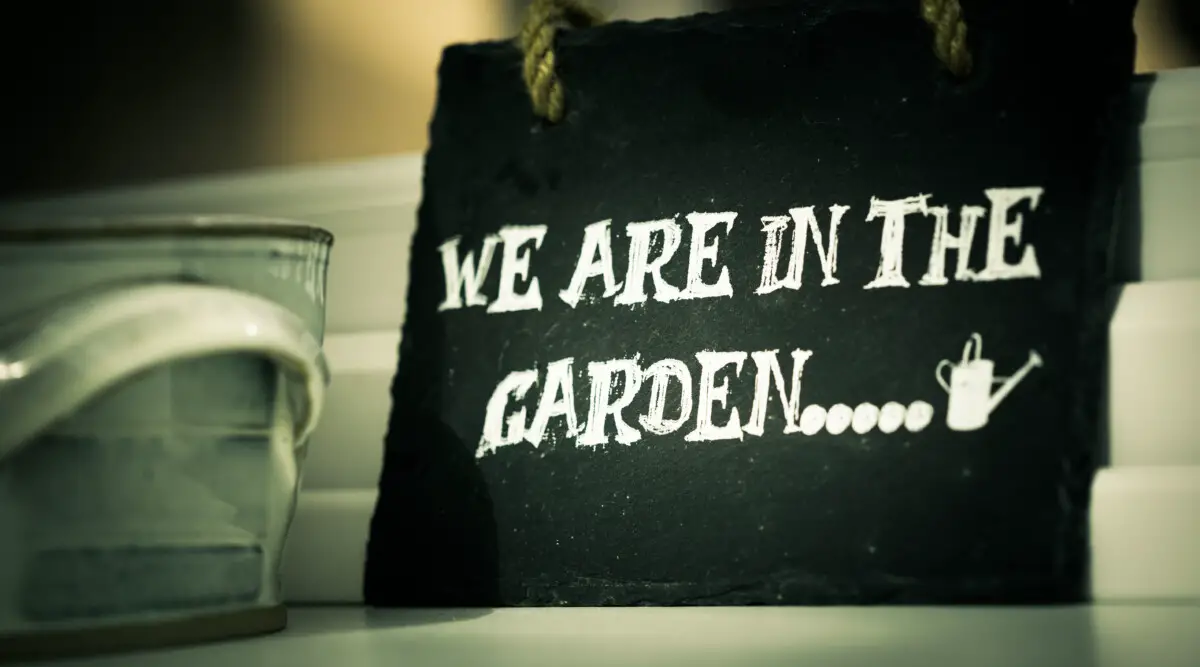Most people have heard of Permaculture in some form. But few actually understand that permaculture is a design science not just a trendy way to garden. Permaculture seeks to work with nature not against it by stacking functions that create a positive resource collaboration, increase our yields, and encourage good stewardship of our resources. But what do we understand of stacking functions and why should we aim to design systems that are self-sustaining? Let’s take a look.
Put simply, function stacking, predominantly used as a principle of Permaculture Design, recognizes that every element in a system has at least one function, but more often multiple. By combining the functions of various elements in the system we are able to increase yields, increase the stability of the system, and thereby reduce the likelihood of degradation of the system as a whole.

“Everything is a positive resource, it is just up to us to work out how we may use it as such.”
Bill Mollison
Permaculture reminds me of collaboration. It is the joining of Permanent and Agriculture in its basic form but moreover it is the collaboration of the biological and the manmade to the betterment of an ecosystem. That system may be as simple as the image above of a keyhole garden or as complex as the native forests of Amazon. In each and every case the components that make up the system have individual roles to play in the greater whole. As Aristole said “the whole is greater than the sum of its parts”. This is what we as designers are seeking to replicate. A complexity that produces far more benefits as a whole than its individual pieces.
In designing these systems we need to understand the roles and functions of each and every component. So before we go throwing random assemblies of plants and other elements together we must consider the primary and secondary functions of each individual element. This process is actually quite easy. So lets start with an apple tree.

As you can see above the Apple tree needs a few things to really fulfill its primary purpose. That being of producing fruit for reproduction. But we know that most apple trees don’t reproduce from the apple seed because they have been grafted onto a suitable root stock to assist them to grow. But the tree doesn’t know that and produces the fruit which we love to eat. So the tree’s primary reason for being is to reproduce but if we look closely at some of the other functions it provides we begin to understand the tree as an element a little better.

Now if we consider some of the functions of our apple tree standing alone the ability to stack some functions start to become clearer. For example in our Needs Analysis we see the tree needs fertiliser but also provides a habitat for birds and small animals. The needs and functions analysis of the birds and small animals would show that they provide fertiliser for the tree while using it for habitat and a food source. So right away we have a stacked function without trying. Another example is that the tree needs pollinators in order to produce fruit so it provides the food source for the bees and other insects to assist in fruit production. Now we can take this further and look for ways to contribute further to the trees health and wellbeing.

As you can see we have added additional plantings around the base of the apple tree to provide extra support for its needs. Pollinator and Insectary plants assist with fruit production as well as pest management. Ground Covers and mulch provide support for micro-organisms in the soil and protect from extreme heat. Nitrogen fixing and Nutrient accumulating plants ensure the fertility of the soil when birds and animals are not present. The extra plantings assist in holding moisture close to the surface as well as within their leaves that are transpiring to the underside of the apple tree adding to its moisture load as well. The system is now self supporting and requires little input from the gardener or landowner.
Thinking in terms of systems and function stacking allows us to remove some of the work required to maintain them but also to gain greater yields from the greater system. What other systems can you think of to support your understanding of function stacking.
You might be interested in how we use chickens to stack functions. We have an article dedicated to our chickens –> go here.
If you would like to know more about Permaculture Designing and how it can help you in your garden or indeed other areas of your life drop us an email or sign up for our Design it Yourself E-course.



